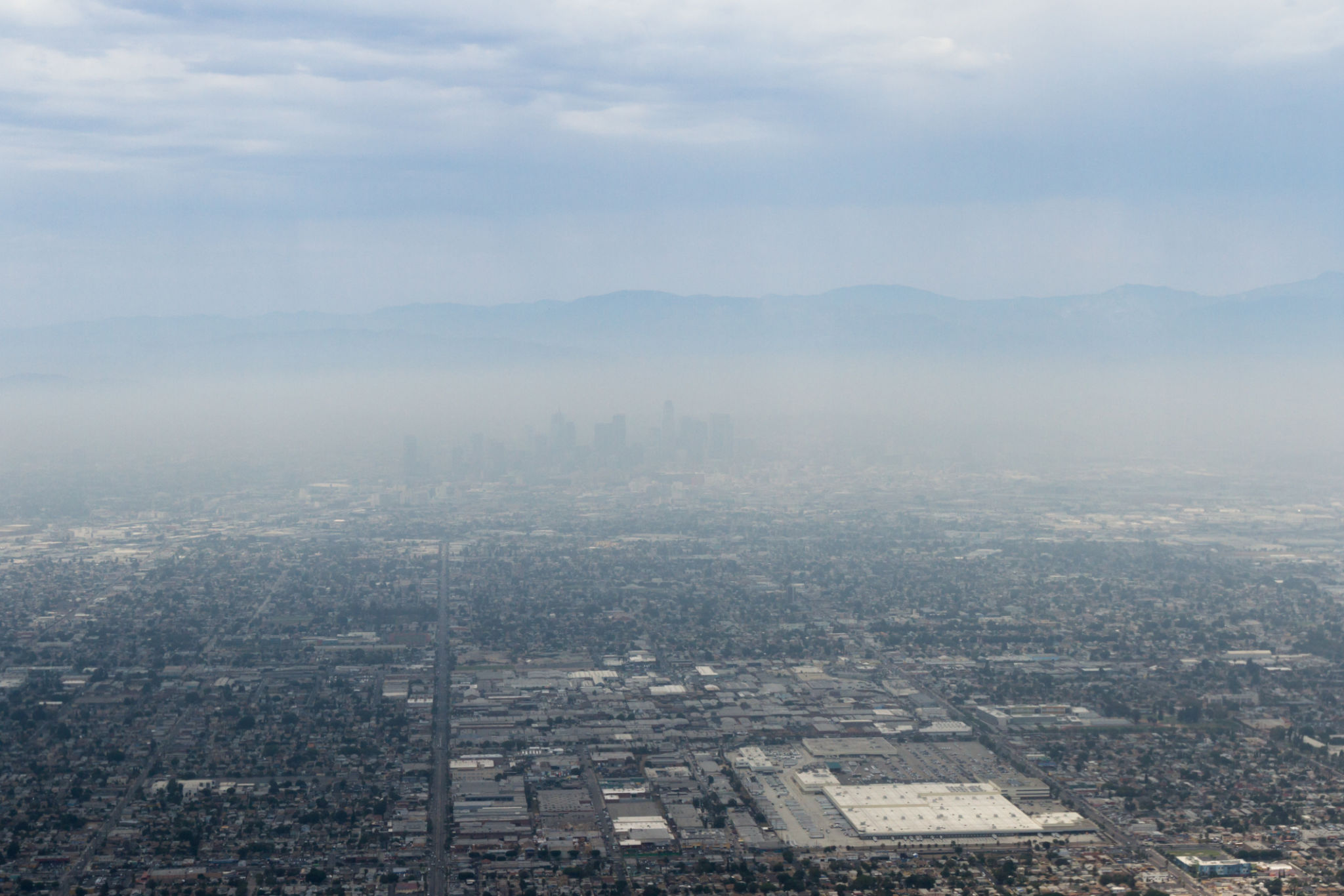How to Ensure Oil and Gas Compliance with California's Strict Air Quality Standards
DB
Understanding California's Air Quality Regulations
California is renowned for its stringent air quality standards, which are among the toughest in the United States. These regulations aim to protect public health and the environment from the adverse effects of pollution, particularly from industries such as oil and gas. Companies operating in this sector must ensure compliance to avoid fines and legal issues.

The California Air Resources Board (CARB) plays a critical role in regulating emissions and enforcing compliance. Understanding the specific requirements set by CARB is essential for any oil and gas company looking to operate in the state. This involves keeping abreast of the latest regulations and adapting operations to meet these standards.
Implementing Best Practices for Compliance
To ensure compliance with California's air quality standards, oil and gas companies should implement a series of best practices. These include adopting advanced emission control technologies and enhancing operational efficiencies.
One effective approach is to invest in state-of-the-art monitoring systems that provide real-time data on emissions. This allows companies to identify potential compliance issues quickly and address them proactively.

Regular Training and Audits
Ensuring that all employees are well-versed in compliance requirements is another crucial step. Regular training sessions can help staff understand the importance of air quality standards and how their roles contribute to maintaining compliance.
Conducting frequent internal audits can also be beneficial. These audits provide an opportunity to review and refine processes, ensuring they align with regulatory requirements. They also help identify areas for improvement and reinforce a culture of compliance within the organization.

Collaborating with Regulatory Bodies
Building a strong relationship with regulatory bodies like CARB can facilitate smoother compliance processes. Engaging with these entities early on can help companies better understand expectations and receive guidance on complex regulatory issues.
Collaboration can take various forms, including participating in industry workshops, attending CARB meetings, or seeking direct consultations. These interactions can provide valuable insights into evolving standards and help companies stay ahead of regulatory changes.
Utilizing Incentive Programs
California offers several incentive programs aimed at reducing emissions from industrial activities. Oil and gas companies can leverage these programs to offset the costs of implementing new technologies or processes that meet air quality standards.
These programs may include grants, tax incentives, or financial assistance for adopting cleaner technologies. By taking advantage of these opportunities, companies can enhance their compliance efforts while also benefiting financially.
The Role of Technological Innovation
Technological innovation is a key driver in achieving compliance with California's air quality standards. Emerging technologies such as artificial intelligence and machine learning can optimize operations, reduce emissions, and improve overall efficiency.
Companies can explore these technologies to develop predictive models that anticipate potential compliance issues before they arise. This proactive approach not only aids in maintaining compliance but also positions companies as leaders in environmental stewardship.

In conclusion, ensuring compliance with California's strict air quality standards requires a multifaceted approach that combines understanding regulations, implementing best practices, engaging with regulatory bodies, and leveraging technological advancements. By taking these steps, oil and gas companies can successfully navigate the complex regulatory landscape while contributing positively to environmental protection.
